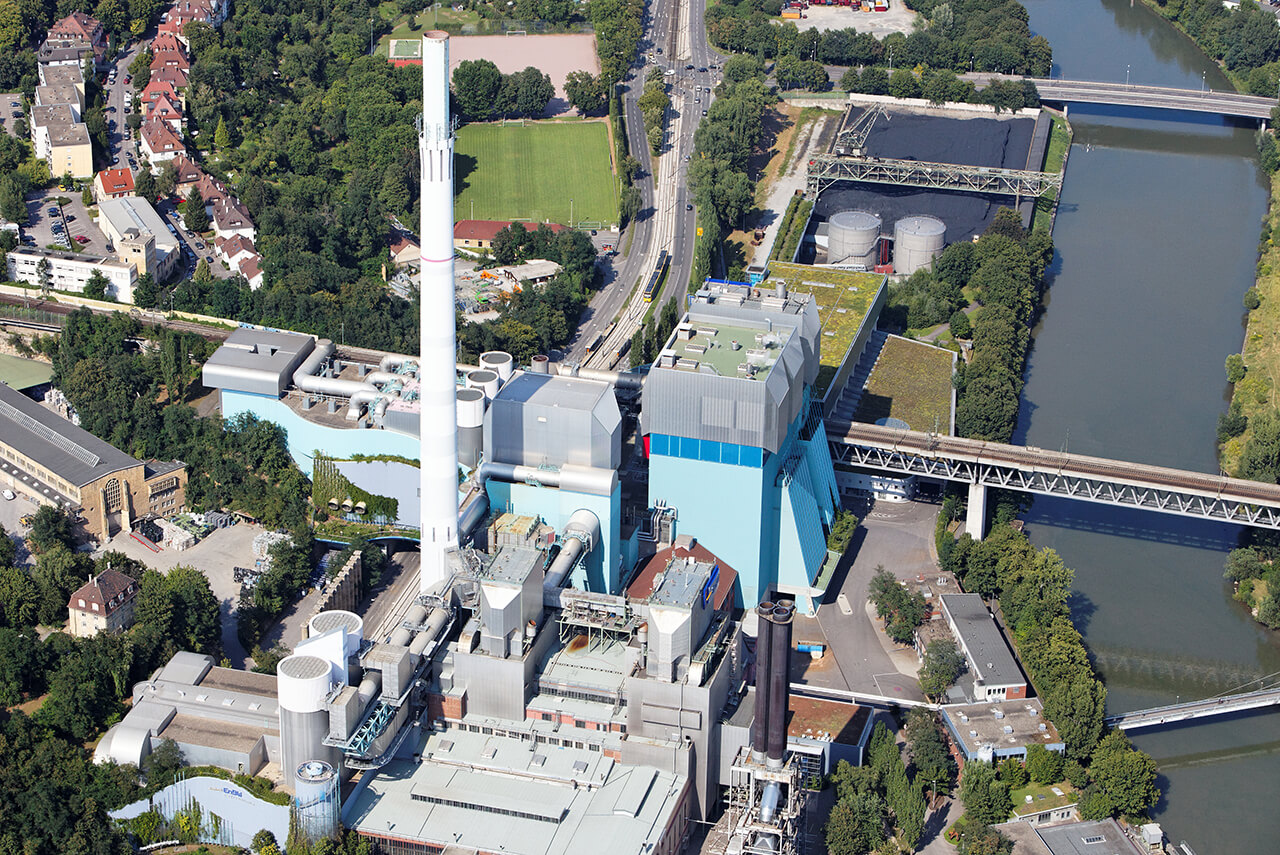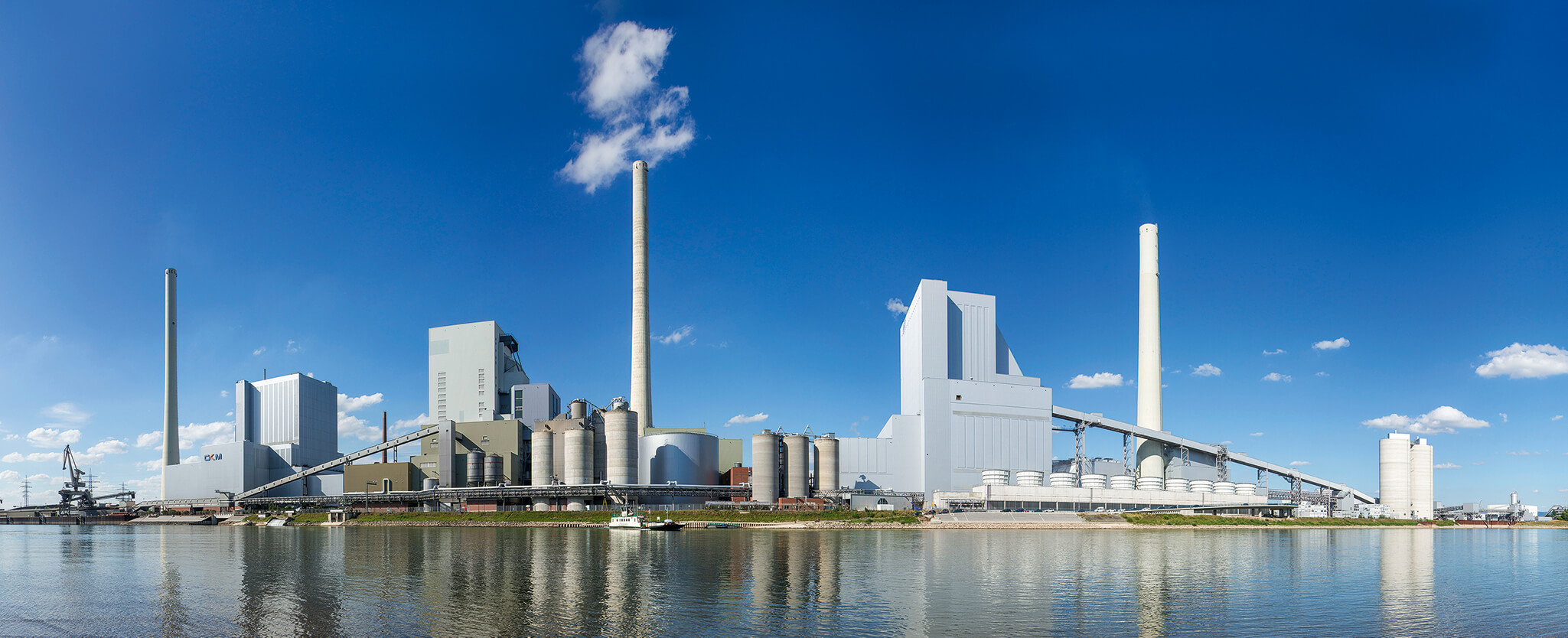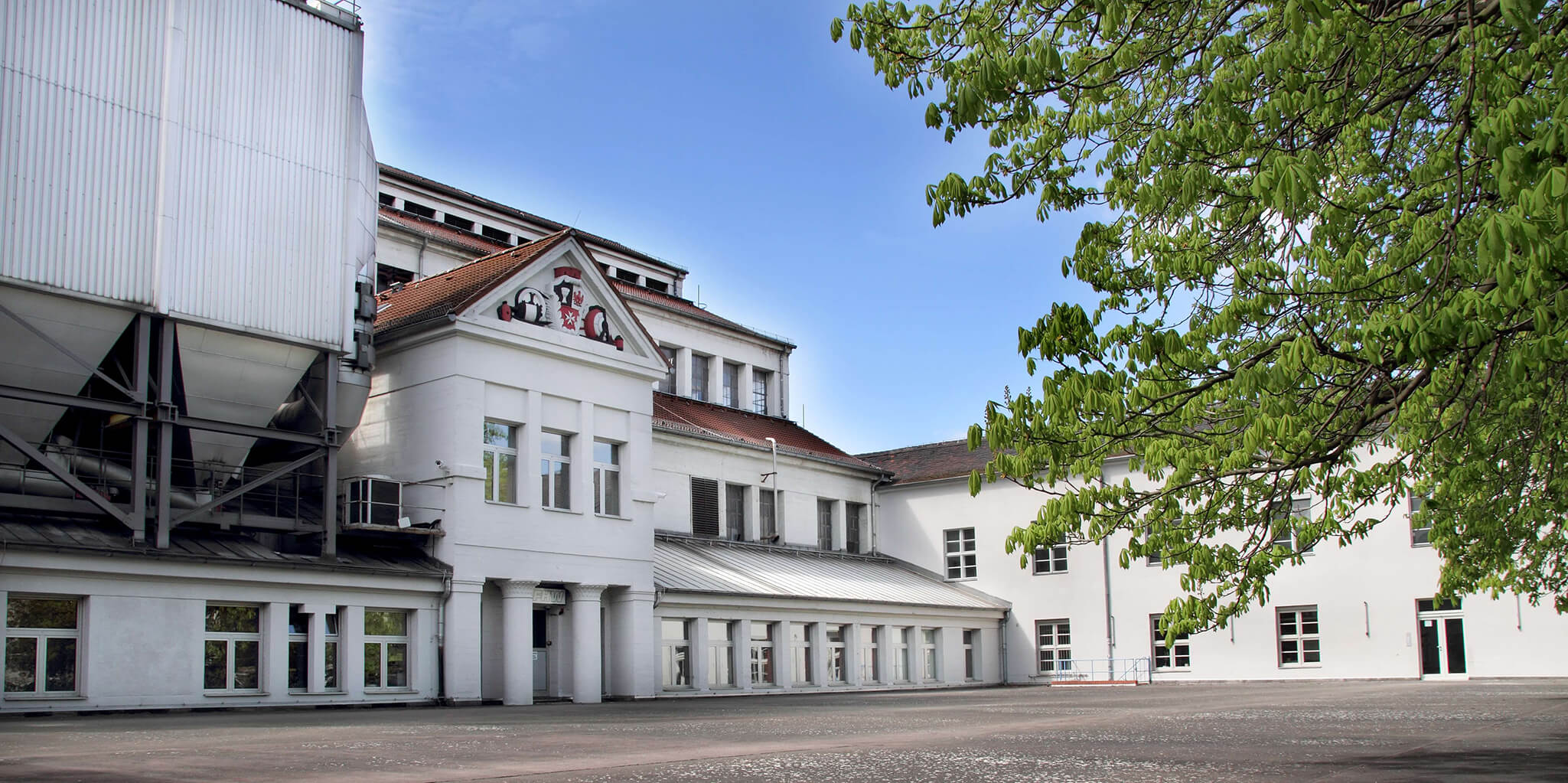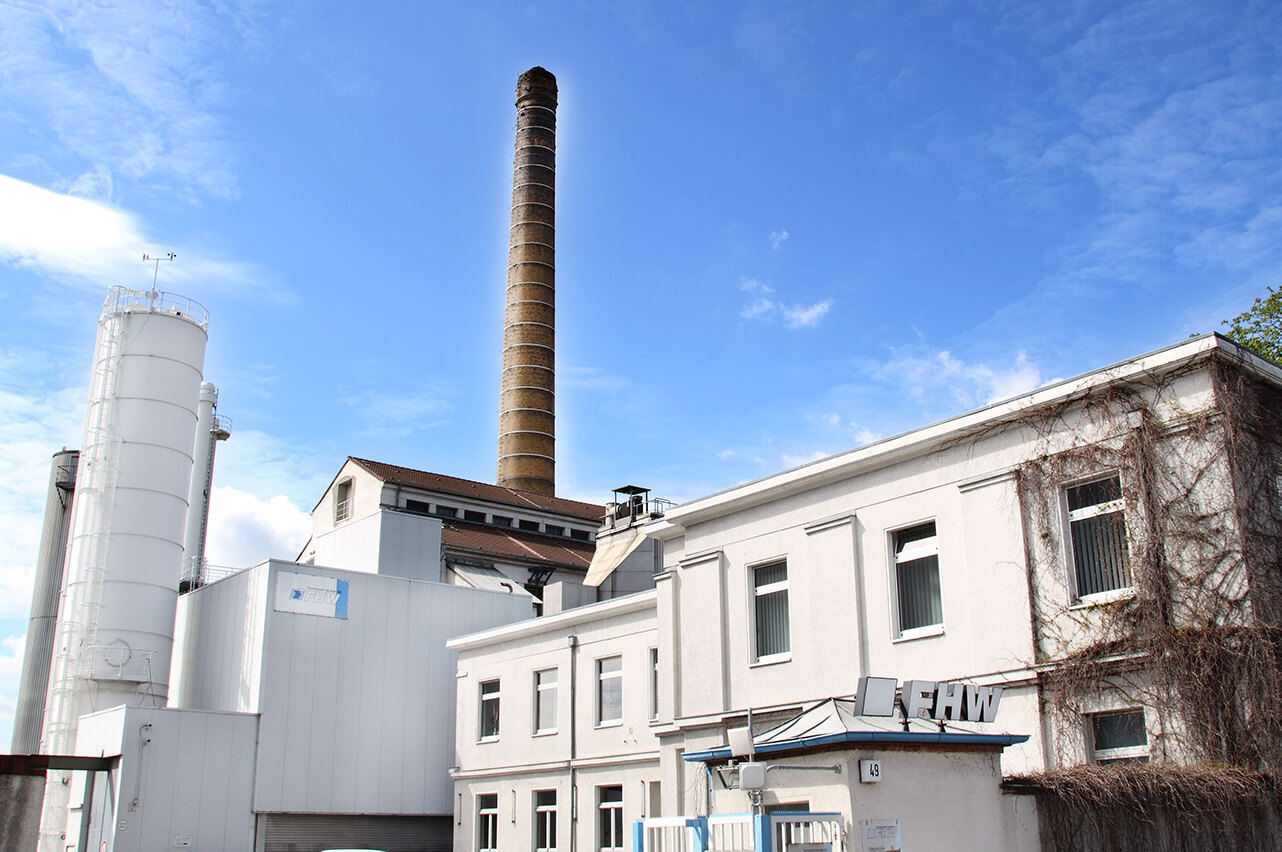| Duration: | 04/2021 - 03/2026 |
| Contracting Authority/ Sponsors: | Bundesministerium für Wirtschaft und Energie (BMWi), Projektträger Jülich (PtJ) |
| Project Partners: | AGFW, Projektgesellschaft für Rationalisierung, Information und Standarisierung mbH (Koordination); Universität Stuttgart, Institut für Energiewirtschaft und Rationelle Energieanwendung (Partner); Fraunhofer Institut für Solare Energiesysteme ISE (Partner); EnBW Energie Baden-Württemberg AG (Partner); Fernheizwerk Neukölln AG (Partner); MVV Energie AG (Partner); Stadtwerke Rosenheim GmbH & Co KG (Partner); Vattenfall Wärme Berlin AG (Partner) |
| Project Focus: | |
Reallabor Großwärmepumpen (Living Laboratory on Large-Scale Heat Pumps)
Living Laboratories for the Energy Transformation



Large-scale heat pumps (LCHP) operated with greenhouse gas-free electricity could make a sustainable, economically effective contribution to decarbonizing the heat supply, since a large proportion of CO2 emissions in Germany are related to this heat supply. In Living Labs of the Energy Transition “Large-scale heat pumps in district heating networks - installation, operation, monitoring and system integration", the facilities will be connected to district heating networks for the first time in Germany.
By the end of the project in 2026, large heat pumps will be integrated into existing district heating systems at five locations. In addition to technical awareness, solutions on how regulatory and economic framework conditions could be adapted to establish large-scale heat pumps in the district heating market are analyzed. The emphasis on the research at Fraunhofer ISE is on the conceptual as well as metrological analysis of large heat pump systems with their individual system integration in site.
The Living Laboratory Large-scale heat pumps (LCHP) searches for solutions to optimally integrate large-scale heat pumps into the German energy system. The project network works together to accomplish its mission and consists of AGFW-Projekt GmbH, EnBW, Fraunhofer ISE, the Neukölln district heating plant, MVV Energie, Stadtwerke Rosenheim, Vattenfall Wärme Berlin, and the Institute IER of the University of Stuttgart. It is the third Living Laboratory of the energy transition in the research area of buildings and neighborhoods.
The aim is to operate large heat pumps more economically in Germany. So far, subsidies have been needed; the charges and the levies on electricity for the end consumer are very high. Additionally, tangible experience on how large heat pumps can be optimally integrated into the German energy system is missing.
In Berlin, Stuttgart, Mannheim and Rosenheim, large-scale heat pumps are being installed at power plant sites. Those power plant sites are planned by the property partners to be close to already existing heat generator sites. Sufficiently high heat source capacities should be available on site, in order to remain the costs of connection for the new technologies as low as possible.
Large heat pumps - in contrast to decentralized heat pumps - can use large natural heat sources and industrial waste heat with high energy potential at a low temperature level. In most cases, these heat sources are not located in the direct vicinity of the consumers or they cannot be tapped by individual consumers due to their size. Especially in areas with high specific heat demand, that can be supplied with district heating, large heat pumps could enable an efficient electricity-based heat supply.
Significant differences between the properties of the Living Laboratory (LCHP) can be found in the thermal output of the heat pumps to be integrated, ranging from 1.12 to 22 megawatts, and in the type of heat sources. The generator structure that needs to be supplemented is also different. Another factor is the location in the power grid: if the plant is in northern Germany, it has a different influence on the mode of operation than if it is located in southern Germany.
In order to investigate the influencing variables better, the operating parameters of the heat pumps are needs-oriented adapted to the regional heating network. The structure of the heat customers, from residential to industrial heat consumers, also varies. With the knowledge from the different properties, the results can also be transferred to other areas in Germany.
Initially, the participating district heating suppliers will plan, erect and commission large-scale heat pumps. Then, in cooperation with the scientific project partners, their function will be analyzed over a longer period and, in particular, their integration will be optimized under the specific boundary conditions at the site.
